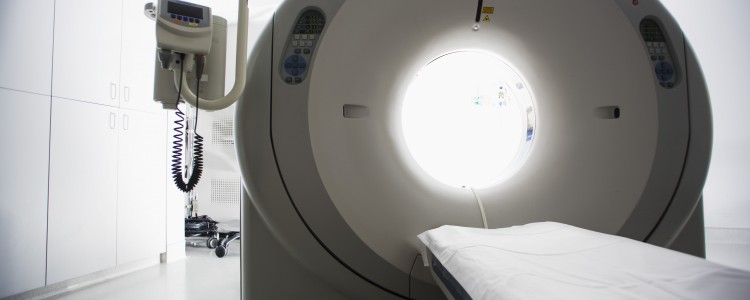Degenerative
Abnormal magnetic-resonance scans of the lumbar spine in asymptomatic subjects. A prospective investigation.
- The Journal of bone and joint surgery. American volume | 72 (3) | March 1990

- To determine the prevalence of positive findings on magnetic resonance images of the lumbar spine in asymptomatic subjects.
This study published by Boden et al in 1990 was a landmark study that continues to be one of the most referenced works of all time relating to spinal disorders. Despite this study being referenced over 1000 times in the medical literature, there are several modern day concerns /criticisms of this study that must be considered when utilizing the findings from this study.
First and foremost, MRI technology, specifically imaging resolution, has evolved considerably since 1990 when this study was published. Nomenclature for defining specific spinal pathologies including disc herniations and spinal stenosis have also changed and are more refined. This study by Boden et al narrowly classified spinal stenosis as non-discogenic loss of signal in the epidural fat with compression of neural tissues within the canal”. Obviously greater focus on lateral recess and foraminal stenosis has developed within the last decade which would likely affect the outcomes from this study if this was included in the original definition of spinal stenosis.
Perhaps one of the biggest criticisms noted with the Boden et al study is the considerable variability in MRI readings. While there will always be some degree of subjectivity in MRI interpretations, the authors concluded that there was approximately only 60% agreement in regards to the pathologies noted on MRI between 3 radiologists. Quantitative measurements of canal diameter and surface area can be used to reduce subjectivity of radiologist interpretation. Considering the primary purpose of this study, the results were likely affected by this limited radiologist agreement.
Additional concerns of this study relate to a possible selection bias. Thirty-three MRI scans of patients with clinical symptoms were mixed in with the 67 studies of asymptomatic patients. How were these 33 scans chosen? Do they differ in baseline characteristics than the study group? The authors did state that the asymptomatic subjects in the study (age and sex) were similar to “the typical spectrum for patients who have back pain”. This statement needs further clarification.
Lastly, the potential effect of confounding was not fully addressed. An association between smoking and intervertebral disc degeneration has been discussed widely in the literature over the last decade. If smoking status was known for these subjects, the prevalence of certain pathologies noted on MRI exams likely would differ.
In summary, caution should be used in utilizing the results of this study for medical decision making in modern day practice. Our knowledge of spinal pathologies has improved as well as imaging techniques and interpretations. Newer randomized studies are needed that take into account different populations.


Comments (0)
Note: We honor your privacy and will not disclose or share your email address with any third-party. Your email address will not be published, and is only used for the purposes of replies and notifications pertaining to these comments.